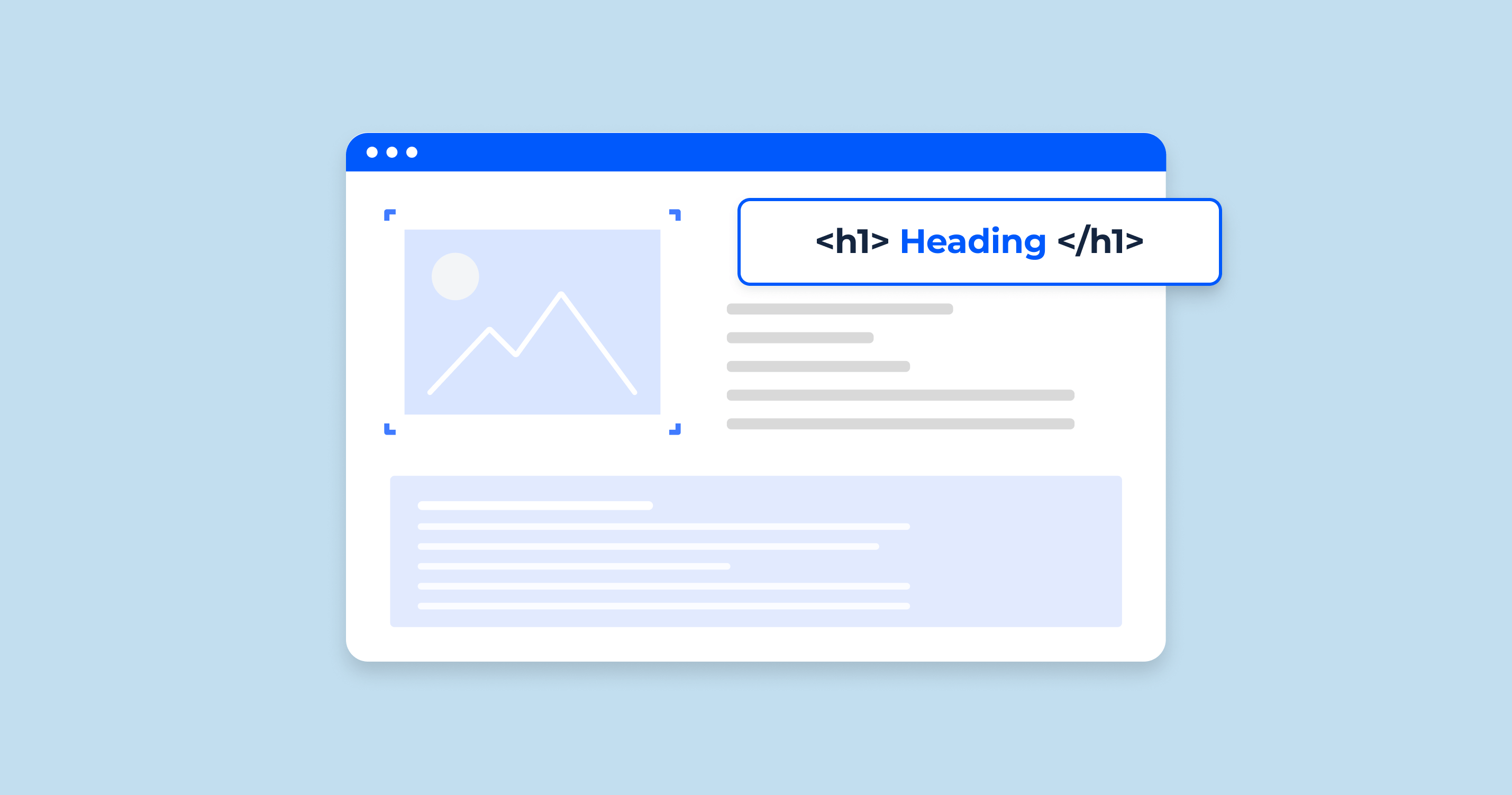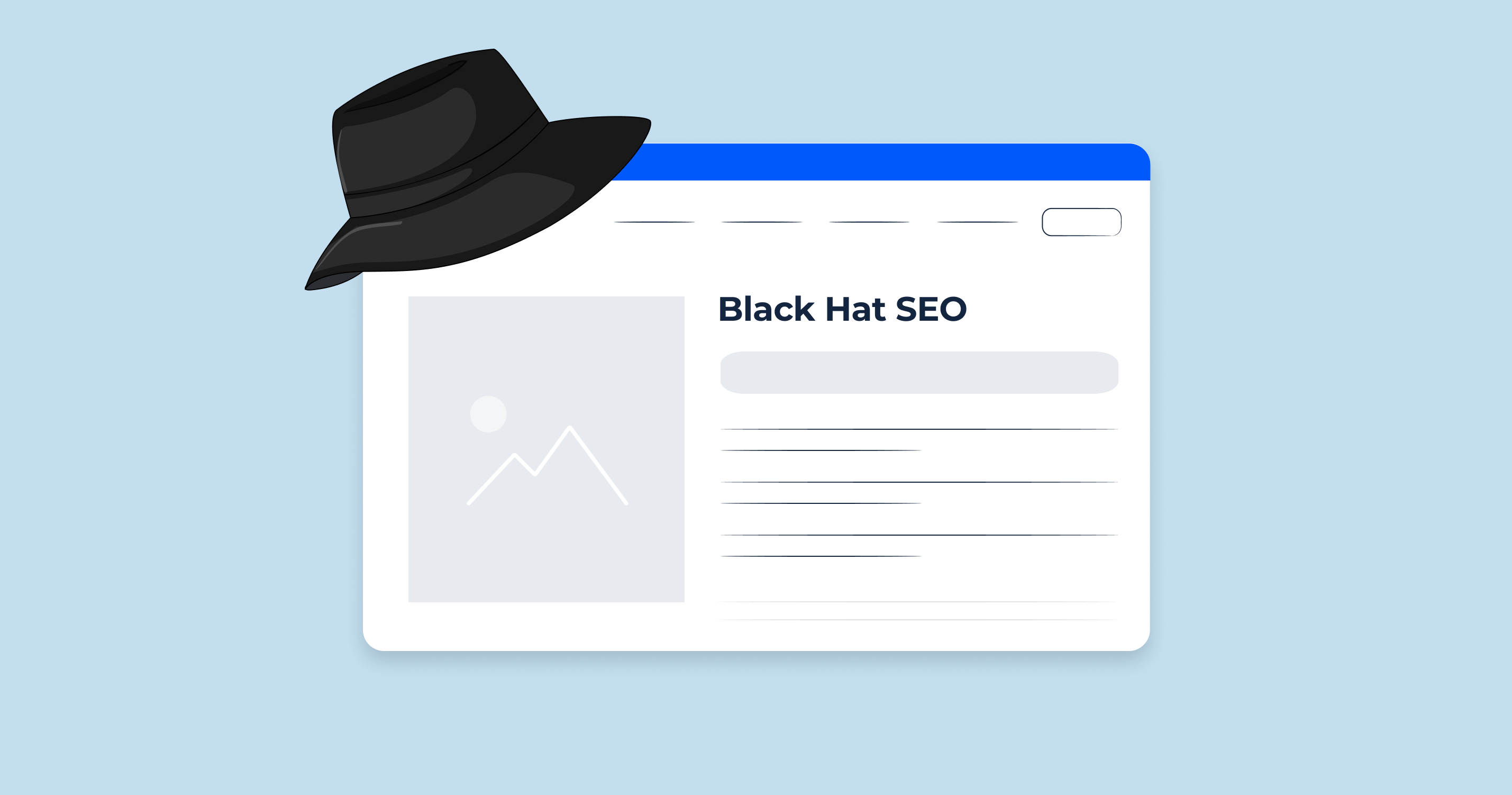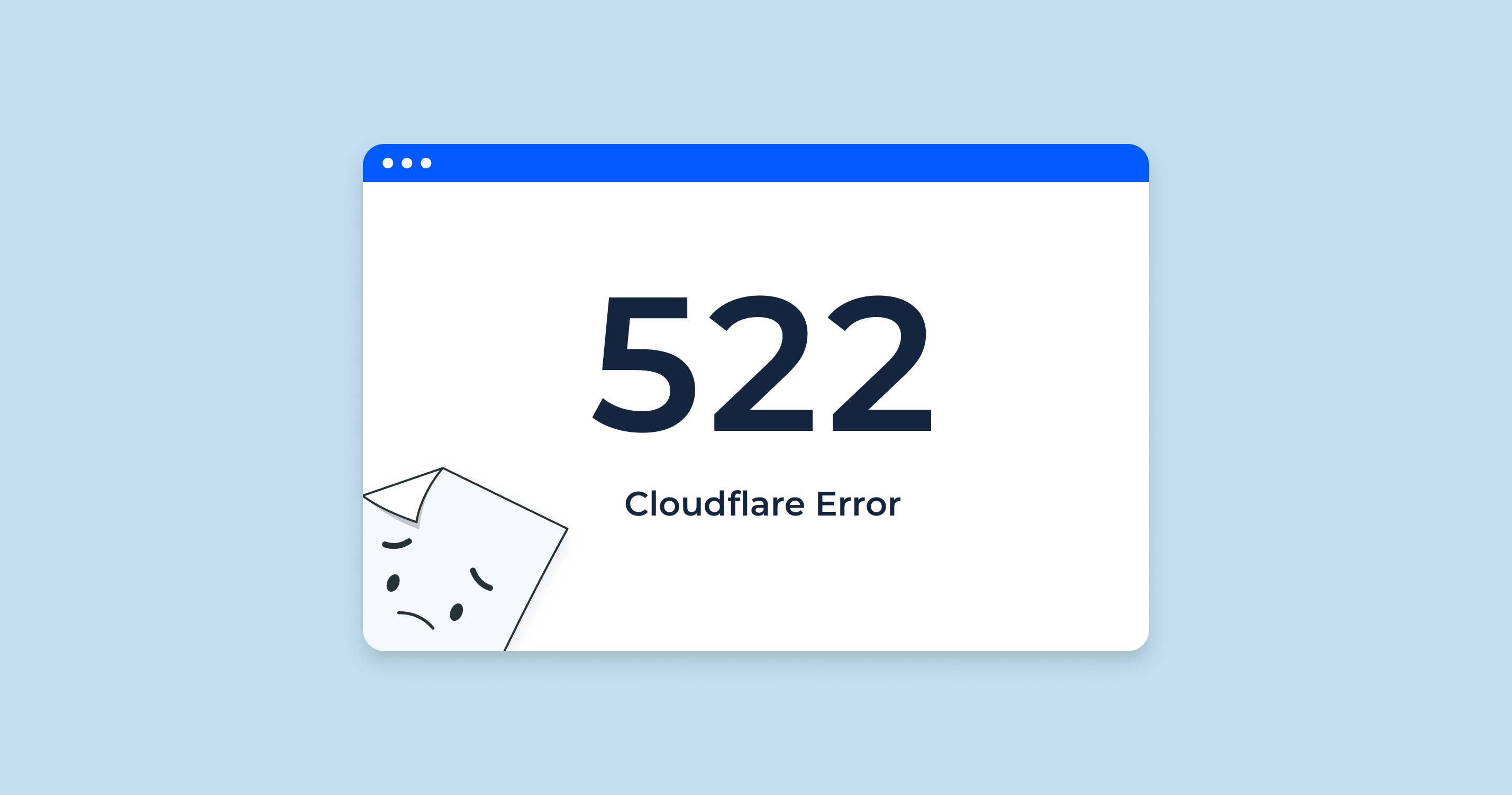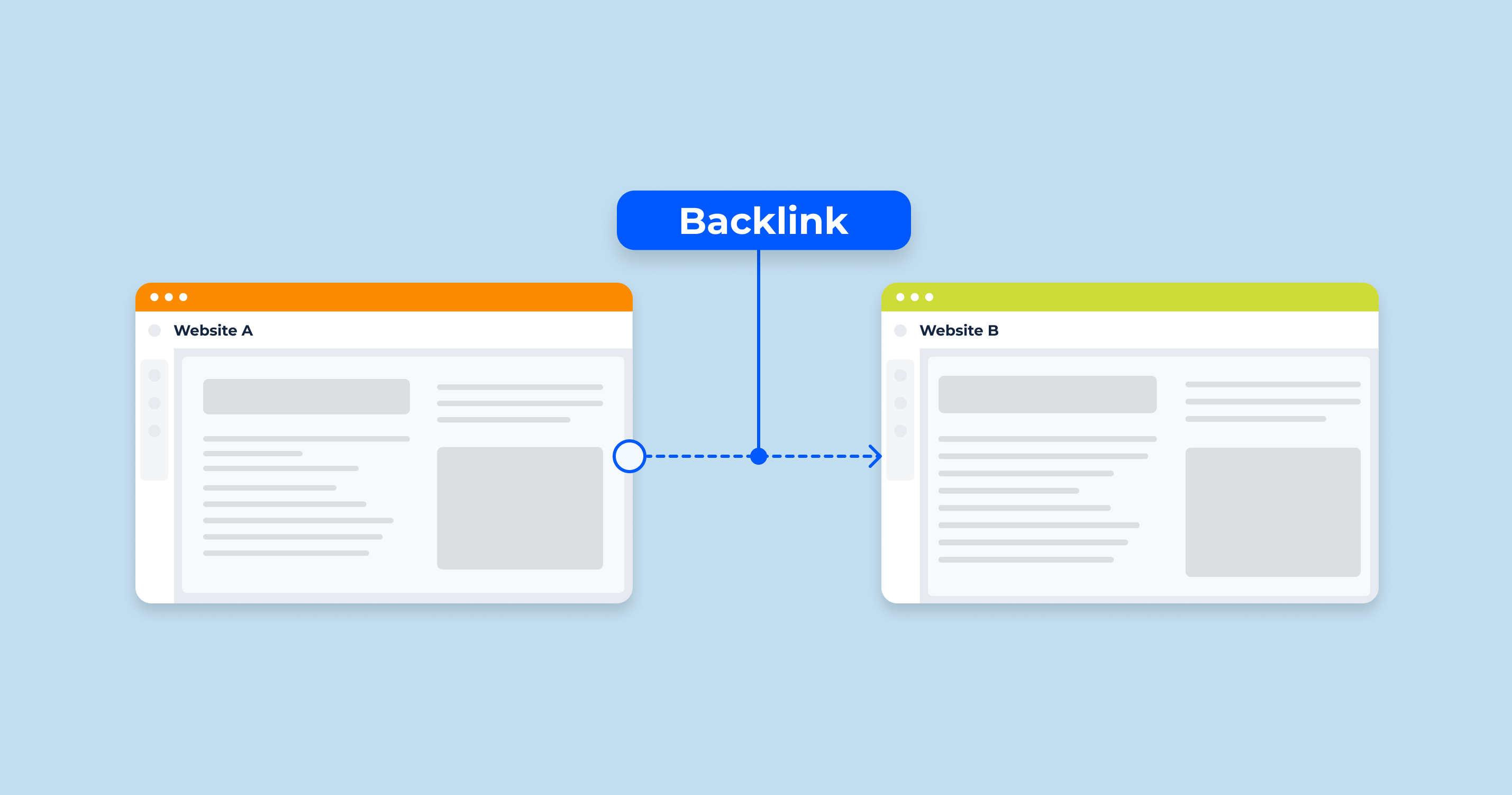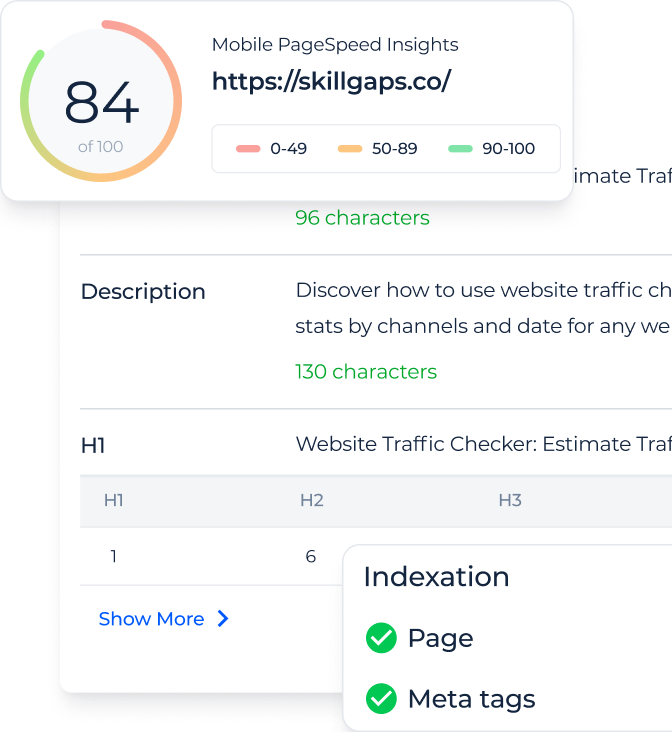What are Header Tags and Their Role in SEO?
HTML header tags are an essential component of website design and content presentation. From h1 to h6, these tags denote different levels of headings and subheadings on a web page, helping both readers and search engines understand and navigate the content efficiently.
What Exactly Are Header Tags?
At the very core, header tags are HTML elements that represent headings and subheadings on a web page. The numbers attached, ranging from 1 to 6, denote the hierarchy of the heading. The h1 tag represents the primary title or the main heading of a page, often mirroring the topic or the main subject. Subsequent tags, h2 to h6, are subheadings that break down the content into digestible sections, with h2 being the main subheadings, and h3 h4 h5 being sub-subheadings, and so on.
For example:
<h1>The Complete Guide to Gardening </h1>
<h2>Understanding the Basics</h2>
<h3>Soil Types and Their Importance </h3>
<h3>Tools Every Gardener Needs </h3>
<h2>Advanced Gardening Techniques</h2>Why Are Header Tags Crucial for SEO?
| Improved User Experience | Properly structured content with clear headings and subheadings makes it easier for readers to understand and navigate through a webpage. This readability factor plays a significant role in keeping visitors engaged, reducing bounce rates, and increasing the time spent on the site – all of which are positive signals to search engines. |
| Keyword Optimization | While keyword stuffing is discouraged, naturally integrating your target keywords into your header tags can emphasize the content’s relevance to search engines. |
| Search Engine Crawler Guidance | Header tags help search engine crawlers understand the hierarchy and structure of your webpage. By providing clear cues about what each section of content is about, headers ensure that search engines index your content appropriately. |
| Feature in Snippets and Voice Search | With the rise of voice search and featured snippets, structuring content with clear header tags can increase the chances of your content being selected as the answer for voice queries or being displayed in a prominent position in search results. |
Header tags are more than just HTML elements for content presentation. They play a pivotal role in SEO by enhancing user experience, guiding search engine crawlers, and providing opportunities for better visibility in search results. Proper use and understanding of header elements and tags can significantly elevate the SEO potential of any webpage.
Expands on the fundamental concepts of header tags and their connection to SEO.
Benefits of Using HTML Headings for SEO
HTML headings, ranging from h1 to h6, are pivotal not only in structuring content for readers but also in optimizing web pages for search engines. Utilizing these headings effectively can significantly impact a site’s SEO performance. Let’s delve into the numerous benefits of using HTML headings for SEO:
- Content Structure and Readability
- Enhanced User Experience: Properly organized content with clear headings and subheadings makes articles and web pages more scannable. Readers can quickly locate the information they’re looking for, enhancing their overall experience.
- Reduced Bounce Rate: When content is easy to read and digest, visitors are more likely to stay on the page longer, thereby reducing the bounce rate, which can positively influence search rankings.
- Prioritization of Content
- Hierarchy of Information: Headings help search engines understand the hierarchy of a web page’s content. The h1 typically indicates the most important theme, with subsequent headers (h2, h3, etc.) highlighting subtopics or related details.
- Efficient Crawling: Search engine bots can more efficiently crawl and index content when it’s structured with clear headings, ensuring that the most crucial points of a page are recognized and prioritized.
- Improved Keyword Targeting
- Relevance Indication: Incorporating target keywords into header tags underscores the content’s relevance to those terms, signaling to search engines the topics your content covers.
- Semantic Understanding: With the evolution of search algorithms, there’s a shift from mere keyword matching to understanding the context. Properly structured headers can assist search engines in grasping the semantic context of your content.
- Enhanced Featured Snippet Opportunities
- Segmented Content Highlight: Content organized under clear headings often gets picked up for featured snippets on search engines, especially if it answers specific queries concisely.
- Voice Search Optimization: Structured content with clear headings is more likely to be used as a response for voice searches, given its organized nature.
- Mobile SEO Boost
- Mobile-Friendly Layout: As more users access content via mobile devices, the readability becomes crucial. Organized headings ensure that content is digestible, even on smaller screens.
- Faster Load Times: Structured content can sometimes result in faster page loading times on mobile devices, especially when combined with other optimization practices.
Making the Page More Readable
The core essence of content is to convey information. However, the presentation of this information plays a vital role in its comprehension. HTML headings significantly contribute to this presentation, making web pages more readable.
- Scannability: In today’s digital age, users often skim through content, looking for the specific information they need. Clear headings allow readers to quickly scan a page and identify the sections most pertinent to their query.
- Logical Flow: Headings provide a roadmap of the content, ensuring a logical flow of information. They break down complex subjects into manageable sections, making it easier for readers to follow and understand the topic at hand.
- Visual Appeal: Beyond the structural benefits, headings offer a visual break in content, preventing the intimidating appearance of large text blocks. The distinction between headers and body text can make the reading experience more engaging and less tedious.
- Consistency: Using a consistent heading structure across a website or platform offers predictability. Readers become familiar with the content format, further enhancing readability.
Making the Page More Relevant
In the world of search engine optimization, relevance of html page is key. It’s not just about having content; it’s about having content that’s pertinent to the user’s query. HTML headings play a crucial role in signaling this relevance.
- Topic Indication: The main heading (h1) often mirrors the central theme of a page. Subsequent headings (h2, h3, etc.) then delve deeper into related topics, effectively informing search engines and readers about the content’s breadth and depth.
- Keyword Placement: Incorporating primary and secondary keywords within headings can accentuate the content’s relevance to those terms. This doesn’t mean stuffing keywords, but naturally integrating them can provide clear context.
- Semantic Context: Modern search engines look beyond mere keyword matching. They aim to understand the content’s context. A well-structured heading hierarchy can assist search engines in grasping the overall narrative and nuances of the content, boosting its perceived relevance.
- Supporting Rich Results: Headings, especially when combined with other structured data, can aid in obtaining rich results on search engines. These enhanced listings can make your content stand out and further emphasize its relevance to specific queries.
Both readability and relevance are integral to a successful web page. While headings enhance the user experience by breaking content into digestible chunks, they also signal to search engines the pertinence of the content, bolstering its chances of ranking higher in search results.
Writing HTML Headers for SEO
When creating content for the web, the way you structure and present your information is pivotal. HTML headers play a crucial role not just in organizing this content, but also in optimizing it for search engines. The right approach to crafting headers can have a significant impact on your content’s performance in search results.
Targeting Search Intent with HTML Headers
Understanding and addressing user intent has become a cornerstone of modern SEO. When people search for information, they have a specific purpose or need. By aligning your headers with this intent, you can significantly improve the effectiveness of your content.
- Understanding User Queries: Start by researching common queries related to your topic. Identify the main questions users have and structure your headers around these. This ensures your content directly addresses user needs.
- Long-Tail Keywords: While short-tail keywords are broad, long-tail keywords are more specific and often mirror user intent more closely. Incorporating these into your headers can make your content more relevant to specific searches.
- Question-Based Headers: With the rise of voice search and conversational queries, structuring some of your headers as questions can be effective. This can also increase the likelihood of your content being selected for featured snippets.
- Analyzing User Behavior: Use analytics tools to gauge how users interact with your content. If certain sections (headed by h2, h3 tags) have higher engagement, it may indicate strong alignment with search intent. Conversely, low engagement might prompt reevaluation.
Using HTML Headers in HTML5
With the advent of HTML5, the use of headers took on a new dimension. HTML5 introduced new elements that allow for more intricate structuring, affecting how headers can be utilized for SEO.
- Sectional Elements: HTML5 introduced elements like <section>, <article>, <nav>, and <aside>. Each of these can have its own h1 header, providing a clearer structure and making content more accessible to both readers and search engines.
- Consistent Hierarchy: Even with these new elements, maintaining a consistent header hierarchy is essential. Always ensure that subtopics or subsections under a main topic (h2) are denoted with h3, and further subdivisions with h4, and so on.
- Semantic Meaning: HTML5 places a strong emphasis on semantics. Using headers within the new structural elements ensures that your content is not only organized but also carries semantic meaning, which can be beneficial for search engine understanding.
- Avoiding Overuse: While HTML5 allows for multiple h1 tags on a page (within different sectional elements), it’s essential to use this capability judiciously. Overusing the h1 tag can dilute its significance and potentially confuse search engines about the primary topic of the page.
Crafting headers with SEO in mind requires a blend of user understanding and technical know-how. By focusing on search intent and leveraging the capabilities of HTML5, content creators can ensure their content is not only reader-friendly but also optimized for search engine success.
The Right Quantity of Heading Elements and Keywords
In the landscape of SEO and content creation, it’s vital to understand the optimal use of heading elements and keyword integration. Using too many headings or overloading them with keywords can dilute your content’s impact, while too few might miss valuable SEO opportunities. This section will guide you on finding the right balance.
Understanding the Value of Heading Elements
Headings and subheadings serve several essential functions:
- Content Structuring: They segment your content, making it digestible and enhancing the reading experience for users.
- SEO Significance: Search engines use headings to determine the primary topics of a webpage, which can influence your page’s ranking for specific search terms.
Striking a Balance with Heading Elements
- Content Context: The length and complexity of your content dictate the number of headings you should use. A detailed guide might need several subheadings, while a brief blog post might only require a few.
- Hierarchy Matters: Ensure a logical structure. Start with an H1 for your main title, followed by H2s for main sections, and then H3s and H4s for sub-sections. This hierarchical structure helps both readers and search engines understand your content’s flow.
- Avoid Fragmentation: While headings can help organize content, overusing them can lead to fragmentation, disrupting the reader’s flow.
Integrating Keywords into Your Headings
- Natural Placement: While it’s beneficial to include keywords in your headings, they should be incorporated naturally. Forced or unnatural placement can detract from readability and may appear manipulative to search engines.
- Diversity: Instead of repetitively using the same keyword in multiple headings, consider variations or related terms. This enriches your content and aligns with diverse user search queries.
- Prioritize Value: Not all keywords are created equal. Focus on those that are most relevant to your content and have a proven track record in terms of search volume or user interest.
Consider Mobile and User Experience
With mobile browsing taking precedence:
- Short and Sweet: Keep headings concise to ensure they display well on smaller screens.
- Enhanced Scannability: Mobile users often skim content. Effective and clear headings can help them quickly find the information they seek.h2 User Experience and Its Connection with HTML Headings
Google’s Consideration of Heading Elements for SEO
The interplay between HTML headings and search engine optimization (SEO) has always been a topic of discussion among webmasters and SEO professionals. Google, being the dominant search engine, has offered insights into how it perceives and processes heading elements. This section will delve into Google’s consideration of headings and their implications for SEO.
Headings as a Reflection of Content Structure
Headings, ranging from the H1 heading to H6, provide a hierarchical representation of a webpage’s content. Google understands this hierarchy:
- Main Topic Identification: Google often uses the H1 tag to understand the primary topic or focus of a page. It’s akin to the title of a book.
- Subtopics and Depth: H2s, H3s, and so on, represent subtopics and further nuances of the content. They provide context about the depth and breadth of information available on a page.
Role of Headings in Google’s Algorithms
- Relevance: While the exact intricacies of Google’s algorithms are proprietary, it’s understood that headings play a role in determining the relevance of a page to specific search queries. The presence of query-related keywords in headings can bolster this relevance.
- Not a Standalone Factor: Google considers hundreds of factors when ranking web pages. Headings are just one piece of the puzzle. They need to be consistent with the actual content of the page to be effective.
- Avoiding Over-Optimization: Google is wary of manipulative tactics. Overloading headings with keywords or using them in misleading ways can be flagged as over-optimization or even spammy behavior, which might negatively impact rankings.
Google about Header Tags
John Mueller, a Webmaster Trends Analyst at Google, has spoken about header tags on Twitter on several occasions. He has generally said that header tags are the most important heading part for SEO, but that they are not a magical ranking factor.
In one tweet, he said:
In another tweet, he said:
This means that you should use header tags to accurately reflect the structure and content of your page, but don’t worry about using them in a specific way to try to improve your ranking.
Mueller has also said that it is okay to use multiple H1 tags on a page, but that it is generally best to only use one. This is because multiple H1 tags can confuse Google about what the most important content on your page is.
Overall, Mueller’s advice on header tags is to use them wisely and accurately reflect the structure and content of your page. Don’t worry about using them in a specific way to try to improve your ranking.
Best Practices Based on Google’s Guidelines
- Maintain Authenticity: Ensure your headings genuinely represent the content they precede. Misleading headings can harm user experience and trustworthiness in the eyes of search engines.
- Prioritize User Experience: While headings are valuable for SEO, they primarily serve users by structuring content. They should be clear, concise, and enhance readability.
- Keep it Natural: When integrating keywords, ensure they fit naturally into your headings. Forced or artificial placements can detract from the user experience and may not yield SEO benefits.
The Evolving Landscape of SEO and Headings
It’s worth noting that Google’s algorithms are continuously evolving. With advancements in artificial intelligence and machine learning, Google is becoming better at understanding context, semantics, and user intent. Therefore:
- Adaptability: Stay updated with any official guidelines or best practices shared by Google regarding headings and SEO.
- Broaden Your Strategy: While headings are essential, they should be part of a broader SEO strategy that encompasses quality content, backlinks, user experience, site speed, mobile optimization, and more.h2 Placement of HTML Elements by Location: SEO Implications
Should the H1 Title Always Match the Page URL?
The correlation between the H1 title and the page URL is often a point of deliberation among SEO professionals and web developers. While it’s not mandatory for the H1 title to match the URL, there are some advantages, nuances, and best practices to consider. This section provides an in-depth exploration of this topic.
Understanding the Role of H1 and URLs
- H1 Title: The H1 title serves as the primary headline or topic of your webpage. It provides users (and search engines) an immediate understanding of the page’s content. It plays a crucial role in both user experience and SEO.
- Page URL: The URL (Uniform Resource Locator) is the web address of a particular page. It serves as a navigational tool, a bookmarking reference, and an SEO factor. A descriptive URL can enhance user understanding and improve click-through rates from search results.
Benefits of Matching the H1 Title with the Page URL
- Consistency: A URL that reflects the H1 can provide a consistent user experience. It sets clear expectations about the content of the page, especially when shared on social media or other platforms.
- Improved CTR: A descriptive URL that matches the H1 can lead to higher click-through rates from search engine results pages (SERPs), as users know exactly what to expect from the page.
- SEO Clarity: While Google considers various on-page elements for ranking, having consistency between the H1 and URL can reinforce the relevance of the page for particular search terms.
When Divergence is Acceptable
- Brevity: URLs should ideally be concise. If the H1 is long, it may be practical to shorten the URL while retaining its core essence.
- Technical Constraints: Sometimes, CMS (Content Management Systems) or website platforms may have limitations that affect URL structures.
- Branding and Naming Conventions: In some cases, branding or established naming conventions might require URLs to differ slightly from the H1 title.
- Avoiding Keyword Stuffing: Overloading the URL with keywords, especially if they’re already present in the H1, can appear manipulative and may not provide additional SEO value.
Best Practices to Consider
- Descriptive URLs: Even if the URL doesn’t match the H1 exactly, it should be descriptive and reflect the main topic of the page.
- Use Hyphens: In URLs, use hyphens to separate words for better readability and SEO compatibility.
- Avoid Unnecessary Parameters: Keep URLs clean by avoiding superfluous parameters that don’t add user value.
- Consistent Structure: Maintain a consistent URL structure across your website. This aids in user navigation and provides a clean architectural framework for search engines.
Mistakes to Avoid With Heading Tags
Heading tags play a pivotal role in structuring web content, guiding readers, and aiding search engine optimization. However, common missteps can hamper their effectiveness or even detract from the intended benefits. This section highlights the mistakes to be wary of and provides best practice tips to optimize your heading tags.
Overusing or Underusing Heading Tags
- Excessive Headings: Over-segmenting content with too many heading tags can disrupt the reading flow and confuse both readers and search engines.
- Sparse Headings: On the flip side, underusing headings makes content appear monolithic and daunting, making it challenging for users to scan and identify key points.
Lack of Hierarchical Consistency
- Skipping Levels: Jumping directly from an H1 to an H3 or H4 without a connecting H2 disrupts the natural flow and hierarchy.
- Multiple H1 Tags: While technically allowed in HTML5 (especially in separate sections or articles), it’s generally advisable to have a singular H1 tag representing the main topic for clarity.
Keyword Stuffing in Headings
- Forced Integration: Jamming keywords into headings where they don’t fit naturally can harm readability and appear manipulative to search engines.
- Repetition: Using the same keyword in multiple consecutive headings can come off as redundant and potentially spammy.
Ambiguous or Vague Headings
- Lacking Descriptiveness: Headings should provide clear insights into the section’s content. Avoid generic or overly broad terms.
- Clickbait Tactics: Misleading headings designed to generate clicks, but which don’t align with the content, can frustrate users and harm credibility.
Styling Over Semantics
- Using Headings for Styling: Utilizing heading tags purely for their visual appearance (e.g., larger text) rather than their semantic meaning is a mistake. CSS should be employed for styling purposes.
- Ignoring Document Structure: Using non-heading elements (like bold text or larger fonts) as a replacement for proper heading tags can confuse search engines and hamper SEO.
Non-Sequential Ordering
- Random Ordering: Using heading tags in a non-sequential or random order (like starting with an H3, then an H2, followed by H4) disrupts content hierarchy and understanding.
Overlooking Mobile Experience
- Long Headings: Extremely lengthy headings might not display well on mobile devices, potentially cutting off vital information.
- Too Many Subheadings: While subheadings enhance desktop readability, an overabundance can become cumbersome on mobile, especially if they’re too closely spaced.
Best Practices for HTML Heading Elements
The structuring and effective utilization of the HTML document heading elements is vital for both user experience and search engine optimization. A well-structured document not only aids in content readability but also signals to search engines the hierarchical importance of content sections. This section delves into the evergreen best practices that stand the test of time and remain relevant regardless of changing web trends and search algorithms.
Evergreen Best Practices for HTML Headers
Maintain a Logical Hierarchy
- Sequential Ordering: Start with an H1 for the main topic, followed by H2 for subtopics, and further H3, H4, etc., for deeper subsections. Avoid skipping levels.
- One Primary Topic: Ideally, each page should have a single H1 tag representing the main focus or topic.
Prioritize Clarity and Descriptiveness
- Self-explanatory Headings: Each heading should clearly indicate the content it precedes, allowing users to easily scan and locate desired information.
- Avoid Vague or Ambiguous Phrases: Headings should be specific enough to set clear expectations for the reader.
Optimize for Keywords Without Stuffing
- Natural Integration: Integrate primary and secondary keywords into headings where they fit organically, without forcing them.
- Balance SEO with Readability: While optimizing for search engines is essential, ensure headings remain user-friendly and informative.
Ensure Consistency Across the Site
- Uniform Styling: Headings at the same level (e.g., all H2s) should have consistent styling across your site for a cohesive look and feel.
- Standardized Practices: Adopt and adhere to a standard practice for heading structures across different pages, especially if multiple authors contribute to the content.
Consider Mobile Experience
- Responsive Design: Ensure heading tags are responsive and appear appropriately on mobile devices without getting truncated or overlapped.
- Spacing Considerations: On mobile, proper spacing between headings and content improves readability and touch navigation.
Avoid Over-reliance on Styling for Headings
- Semantic over Stylistic: Use heading tags for their semantic meaning, not just for their visual styling. If you need to adjust visual appearance, use CSS.
- Avoid Bold or Large Fonts as Headings: It’s tempting to use bold or enlarged text as makeshift headings, but it’s essential to use actual heading tags for proper structure and SEO benefits.
Test and Iterate
- User Feedback: Periodically gather feedback from users about content structure and readability. This can highlight potential issues with heading arrangements.
- SEO Performance: Monitor how changes to heading structures impact search engine rankings and click-through rates. Iterate based on data-driven insights.
Conclusion
The use and structuring of HTML heading elements is more than just a formality; it’s an essential aspect of web content that significantly influences user experience and search engine optimization. Properly implemented headings bring clarity, hierarchy, and focus to a page, enabling readers to navigate and absorb information effortlessly. On the SEO front, they provide search engines with cues about content importance and structure, facilitating better indexing and ranking. In essence, by adhering to best practices for HTML heading elements, webmasters and content creators pave the way for a more accessible, engaging, and optimized digital experience.
